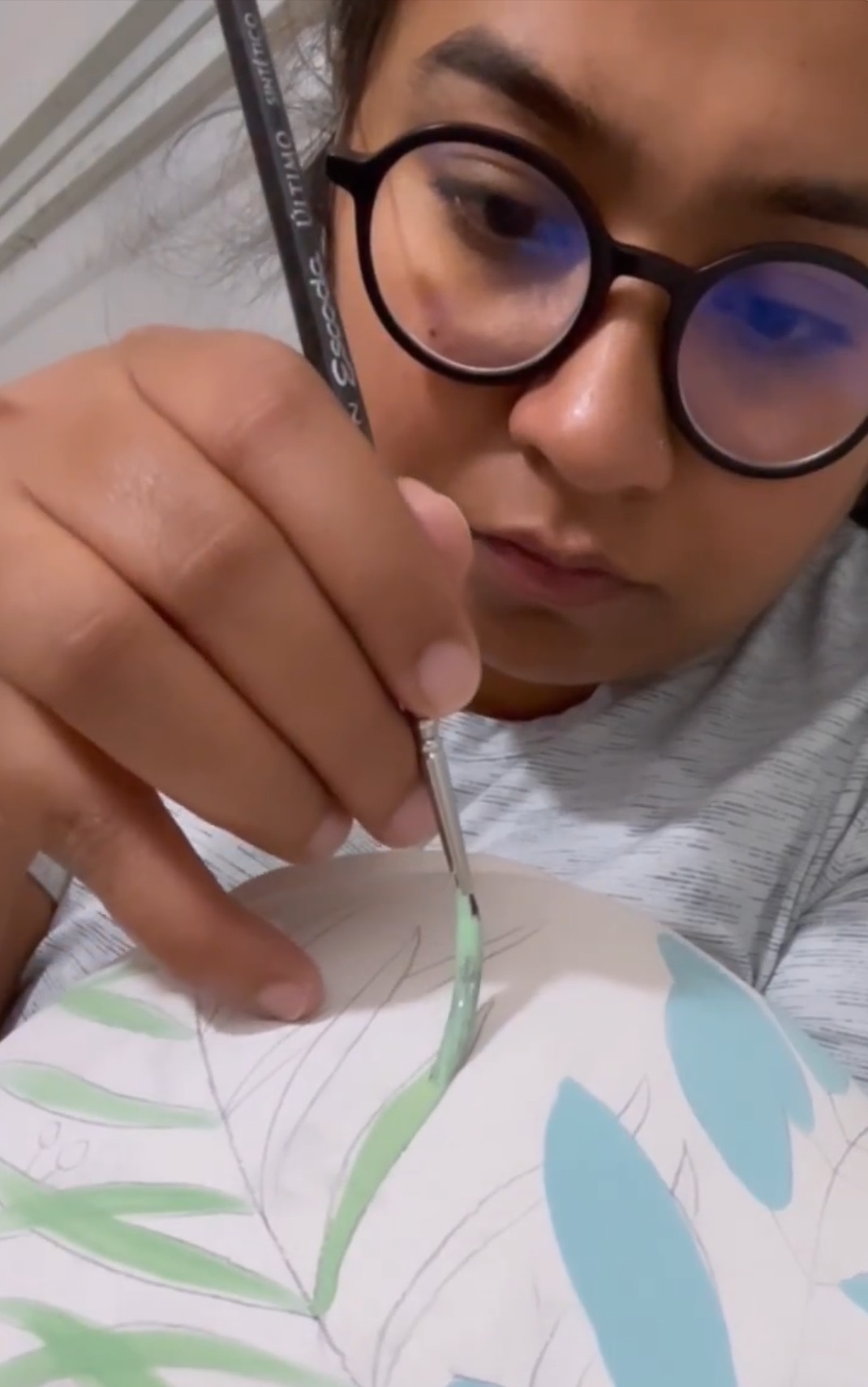Yesha Panchal | Episode 1102
Yesha Panchal was born in Gujarat, India, and is currently living in Suwanee, GA. Yesha earned her BFA with a concentration in ceramics at Georgia State University in Atlanta, GA. Yesha is currently a ceramics studio manager at the Hudgens Center for Art in Duluth, GA, an organizer of the Clay to Table, serves on the board of NCECA, and is a maker. Yesha’s article “Working Potter” and work were published in “Thoughts on Collaboration” in the June/July/August 2022 issue of Ceramics Monthly
SPONSORS
 You can help support the show!
You can help support the show!
Number 1 brand in America for a reason. Skutt.com
For all your ceramic needs go to Georgies.com
Is there a specific routine one should think of for cleaning a studio?
When it comes down to studio practice in keeping things clean and neat I always try to make sure to have a practice of wet sanding, cleaning things with a wet sponge, not letting dry clay in the studio to kick dust around. Making sure when I move canvases around or any tools around the space I just try to be very mindful of how I am moving things and I try to clean up as much as I can.
Is a vacuum cleaner a good or bad thing?
I don’t vacuum things a lot. We try to make sure that we wet clean as much as we can. We mop almost every day in the studio.
How do you keep everything organized so everything is not mayhem or lost?
Giving things a home is a way to keep things organized, especially in the community studio. I always think if you give a home for a thing, that this thing is always here and you should always put it back where you found it. If you go to a place where it’s messy and it’s everywhere then people will leave it everywhere.
How long does something sit unused before you all toss it?
We have a routine, at the end of every session we mark things down and move things to an orphan shelf. Things will stay on the shelf for one more session and then we move it to the dumpster or recycle it or do something with those materials. And then we do end of the year clean up so that will allow us to make sure that everybody takes their stuff home and we wipe everything down top to bottom.
When the studio is your workplace how do you keep yourself creative?
I make sure that I have a schedule that I follow, and I make sure that I get into the studio. Very few people know where my studio is and those that know really know to respect my time while I am in there. I close the doors because my studio is in the art center where I work so it is really hard to keep that time separate, but I tell them, I am going for my me time and I will be in there and I will be back. And people are pretty respectful of that.
Book

Who Moved The Cheese by Spence Johnson, M.D.
Contact
Instagram: @yeshaart22


















